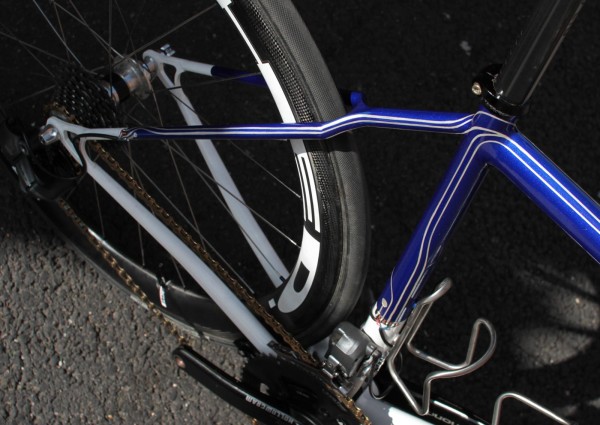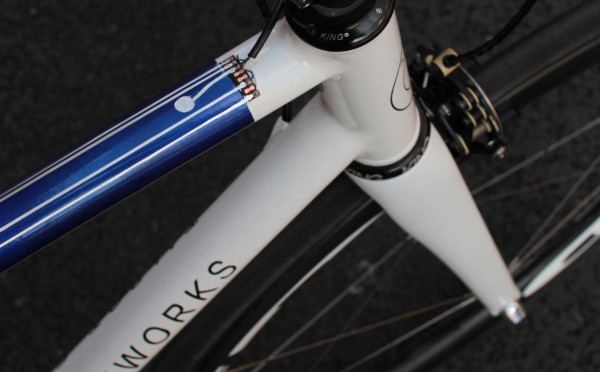 The Talbot Frameworks name dates back to 1940s, but it was only recently that customer frame builder Matt McDonough bought the naming rights. Since then, he’s produced everything from a balance bike to a Rofloff equipped touring bike, but perhaps his most interesting frame to date is the Dalsnibba.
The Talbot Frameworks name dates back to 1940s, but it was only recently that customer frame builder Matt McDonough bought the naming rights. Since then, he’s produced everything from a balance bike to a Rofloff equipped touring bike, but perhaps his most interesting frame to date is the Dalsnibba.
Named after a mountain in Norway, where an annual duathlon takes place, the frame is constructed from a mixture of different tubing, which are mixed and matched to meet individual rider needs.
What makes this frame particularly notable is it’s unusual Di2 integration. Rather than running internal housing, this custom frame has pure silver laid onto the paint to create circuits.
*Updated* At bottom of the post with info from the builder!
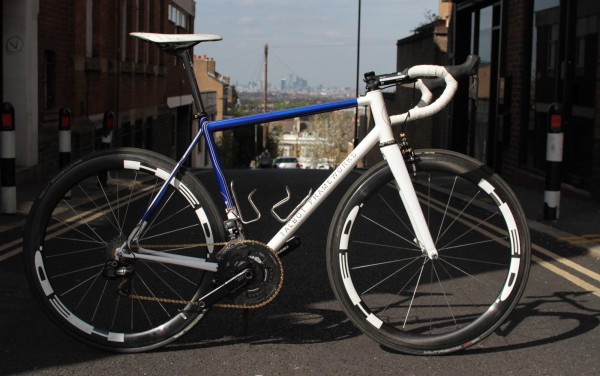 The frame is available in both mechanical and electrical configurations, and with disc brakes if you’re willing to flout the UCI.
The frame is available in both mechanical and electrical configurations, and with disc brakes if you’re willing to flout the UCI.
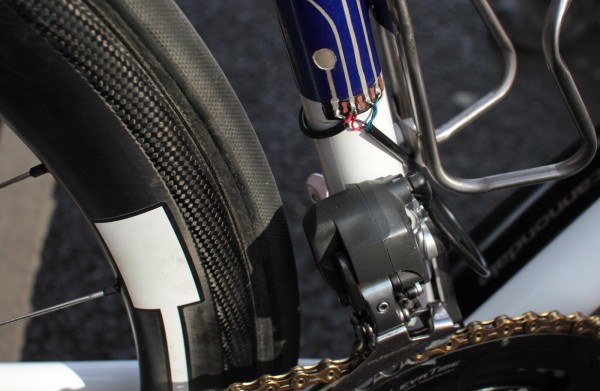 The splicing and soldering could have been implemented in a cleaner (and more protected) fashion, but there is something to be said for the uniqueness of the current design. Our major concern would be accidentally ripping out a cable or having the copper connections corrode.
The splicing and soldering could have been implemented in a cleaner (and more protected) fashion, but there is something to be said for the uniqueness of the current design. Our major concern would be accidentally ripping out a cable or having the copper connections corrode.
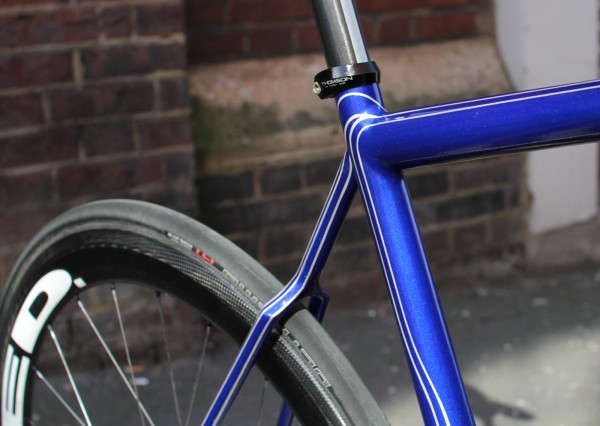 Complete builds with an Enve fork start at £2,499, and go up from there.
Complete builds with an Enve fork start at £2,499, and go up from there.
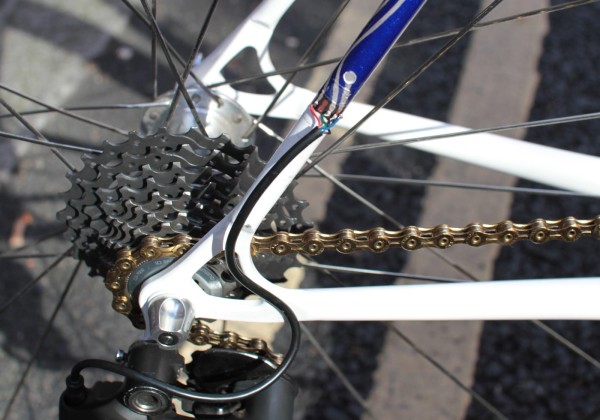 Do you like the idea of conductive paint and integrated circuits?
Do you like the idea of conductive paint and integrated circuits?
“As you have correctly ascertained, the model you have on your site is a proof of concept, built with the wiring exposed to allow us to easily demonstrate what exactly was happening with the design. The wiring/conductive paint is only exposed in such a way to allow people to see what is happening. We have designed 3D printed collars for the junctions which will hold the wires in place using crimping bolts, whilst having contact pads in contact with the conductive strip.
In the model you have seen, we used conductive silver, which is painted on in an acetate solution, the acetate evaporates, leaving a conductive silver strip. We used this as we were working with 7970, which has a multitude of wires to replace: Power, rear mech signal, front mech signal, ground and position. This meant we needed to use something conductive enough to be used in thin strips along the frame, and be able to applied in such a way as to be able to follow lines of the frame. None of the lines could cross obviously, so this led to quite a lot of thought going into the application of the silver.
It is also worth noting that we did this on an obsolete groupset. We did this for two reasons. The first is that we have a fair amount of experience hacking 7970 in various ways, and so felt more comfortable working with this on our first prototype. The second is that 7970 is an inherently simple systems, consisting of circuits being maintained or being broken, which made it easier for us to work with.
We are at this moment putting the finishing touches to our second prototype, which will be running Di2 9000. As you will be aware, this uses the E-tube wiring system, which has both benefits, but also issues when used with our system. On the one hand, it uses a mechanically very simple 2 controller area network datalink. However, what we gain in mechanical simplicity, we lose in signaling complexity. The silver conductive ‘paint’ just didn’t have nearly a high enough fidelity to work with the E-tube system. We have therefore moved over to gold leaf, which resolved all fidelity issues. This version will also be using the band on connectors.
Both the silver solution and the gold leaf are under a heavy lacquer, and could even be under everything except the primer if required, again the bike you have seen was left with everything exposed as an explanation of what was going on, so it should be relatively durable. If you chip all the way through the paint, then yes the shifting will stop working, but for small breaks in the circuit, the silver solution resolves this on both systems.
Will it change the world of cycling? No. Will it be a massive success, with thousands of people queuing up to buy it? I hope not, It is incredibly complicated to get mechanically, electronically, and aesthetically sound. Will it be obsolete in two years time. Most definitely yes. We did it mainly because we thought it sounded fun, and because we wanted to see if we could. It was fun, and we can do it. ” – Matthew McDonough
